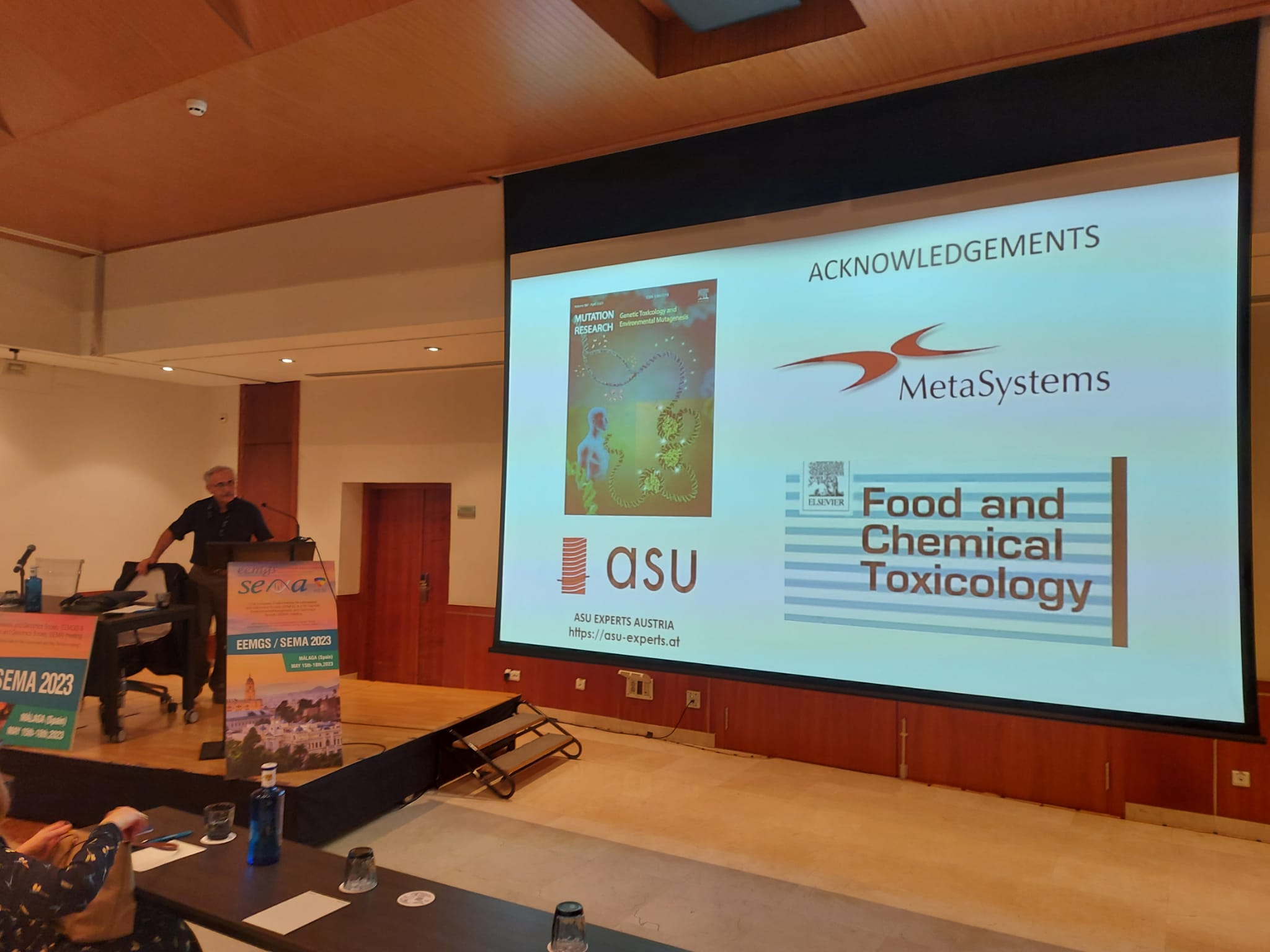HUMN Workshop on the buccal micronucleus cytome assay
New horizons for its implementation in human biomonitoring and clinical studies
Thursday 18 May 2023, 14:00 – 17:30
Objectives / Goals
Micronuclei are expressed in cells that have structural chromosome aberrations and/or defects in the mitotic apparatus that leads to failed segregation of chromosome fragments or whole chromosomes during mitosis. The lagging chromosome fragments or whole chromosomes are excluded from the two main nuclei at anaphase/telophase and are ultimately surrounded by membrane to form micronuclei. Measurement of micronuclei in eukaryotic cells, including human cells, has become one of the most widely used methods to measure chromosome instability and the DNA damaging effects of environmental and endogenous genotoxins. The best validated of these methods in humans is the lymphocyte cytokinesis-block micronucleus assay in which micronuclei, and other related nuclear anomalies, such as nucleoplasmic bridges and nuclear buds, are scored exclusively in cells that have completed one nuclear division which are identified as binucleated cells after blocking cytokinesis with cytochalasin-B.
Another method to measure micronuclei in humans is to use buccal cells which are post-mitotic epithelial cells that can be collected in a minimally invasive manner from the inside of the mouth. In this method micronuclei and other nuclear anomalies such as nuclear buds can be observed and scored without the need of ex vivo culture of cells. Because of the relative ease of collecting, preparing, fixing and storing buccal cells there is growing interest in further developing and validating this assay for biomonitoring studies of human populations. Recent reviews have shown that the association of buccal micronucleus frequency with exposure to genotoxins, and a wide range of agerelated degenerative diseases such as cancer and cardiovascular disease, is similar to that observed with lymphocytes. However, there are some important knowledge and technological gaps regarding the buccal micronucleus assay. The knowledge limitations include (i) lack of prospective studies showing that an elevated MN frequency in buccal cells predicts an increased risk of developmental and degenerative diseases and (ii) lack of knowledge on whether mitotic rate in the basal layer of the buccal epithelium substantially affects MN frequency. The technological gaps include (i) lack of automated systems to score MN frequency in buccal cells which is critical given the lower incidence of MN in buccal cells relative to lymphocytes, (ii) lack of algorithms that can distinguish MN from othernuclear anomalies such as nuclear buds or distinguish between different types of cell death such as cells that have nuclei with condensed chromatin, karyorrhexis or pyknosis.
The workshop is designed to discuss the current status of the buccal MN cytome assay and determine the most important near term and long term goals to further validate the assay and enable its more practical application in human studies. Presentations will be given by six experts on the use of the buccal MN cytome assay including the mechanisms and biology of MN formation in buccal cells, application of the assay in occupational exposures to genotoxins, the association with disease, nutrition and lifestyle and the potential and challenges for automation. The detailed agenda is shown below.



